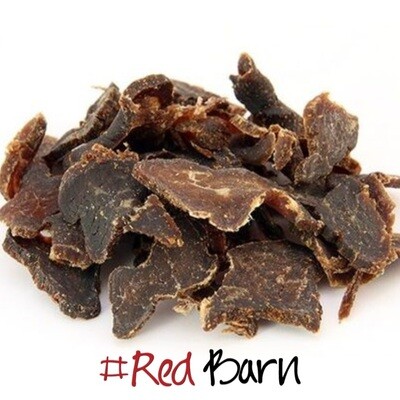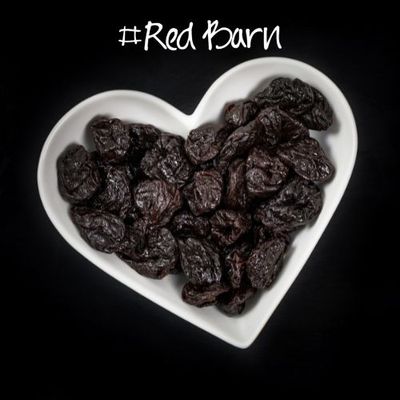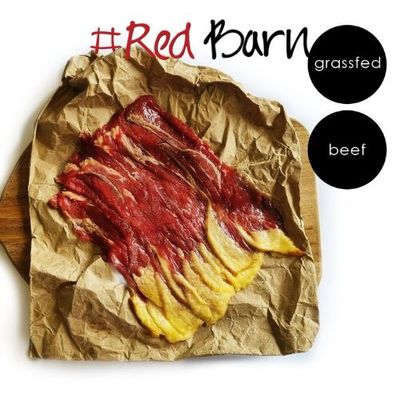HEARTS Chicken 500g
Free Range Chicken Hearts
Why to Add Nutrient-Dense Chicken Hearts to our diet-For several reasons, I do not care how much fat, calories and cholesterol exist in my food. Instead, I focus on consuming foods that are nutrient-dense. One food that I've started eating much more of recently is chicken heart, a very good source of protein, the B vitamins (especially B12), riboflavin, zinc, selenium and iron. Chicken hearts also provide folate, magnesium, manganese, phosphorus, potassium, sodium and copper. But, as I repeat ad nauseam, the source of the food we eat helps determine its nutritional profile (and flavor). There is a huge difference between a chicken heart from a chicken raised on a factory farm, administered antibiotics and fed genetically-engineered and pesticide-laden corn and soy and a chicken heart from a chicken free to roam on pasture where it eats its natural diet (insects, worms, grubs, etc.). These two chickens are not the same animal. (The same principle, I believe, holds for strawberries, butter, chocolate chip cookies, carrots, etc.)
Chicken hearts have a mild chicken flavor and do not taste or smell anything like liver, which many people find off-putting.
To cook the chicken hearts, I simply sauté them in—depending on my mood—butter, olive oil, coconut oil or rendered chicken fat (photo, above). Two or three minutes per side is all they need since they are small. I'll then season with a little unrefined sea salt, fresh ground pepper and sometimes a squirt of fresh lemon juice.
Rob Endelman (Chef)




